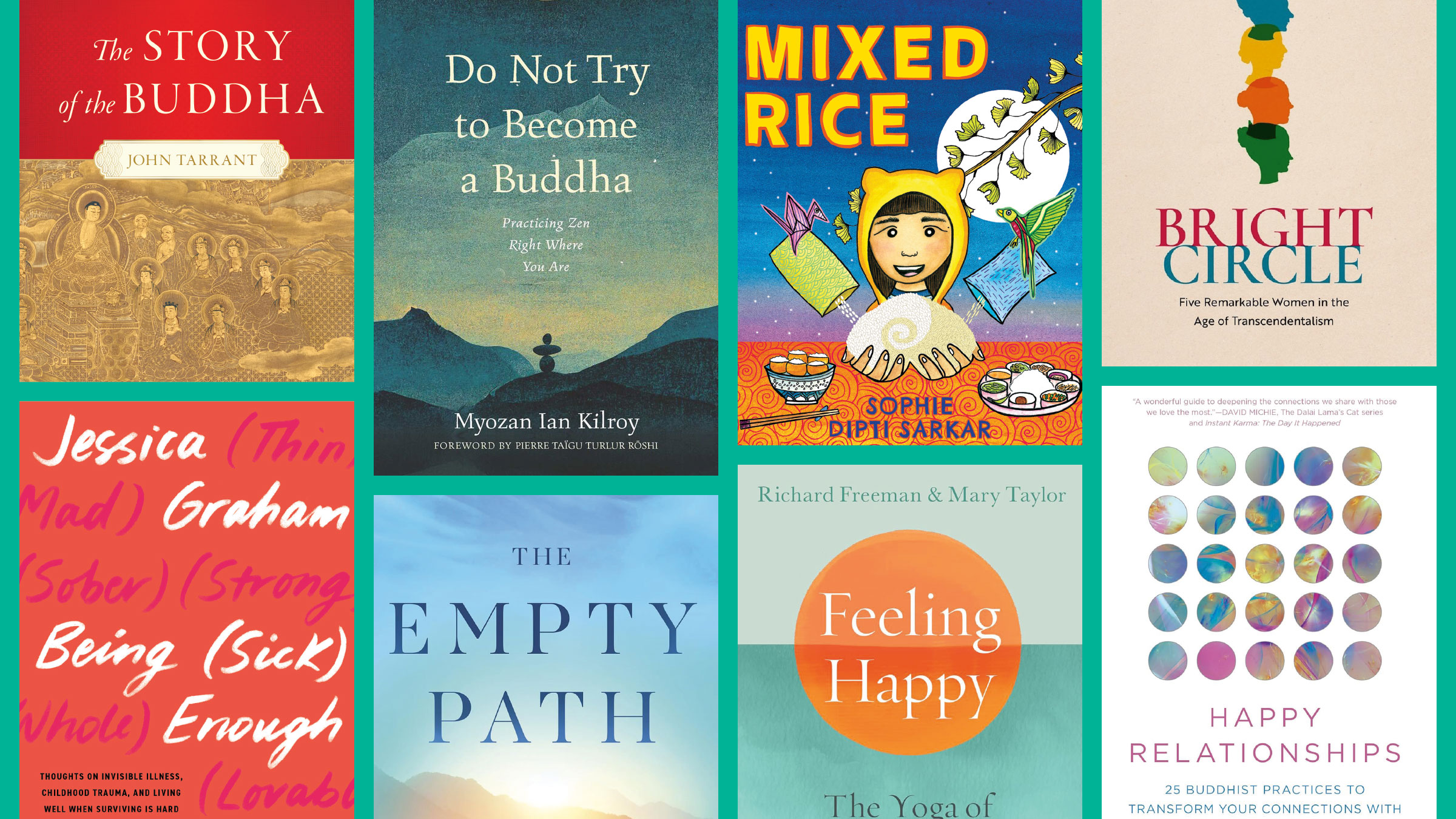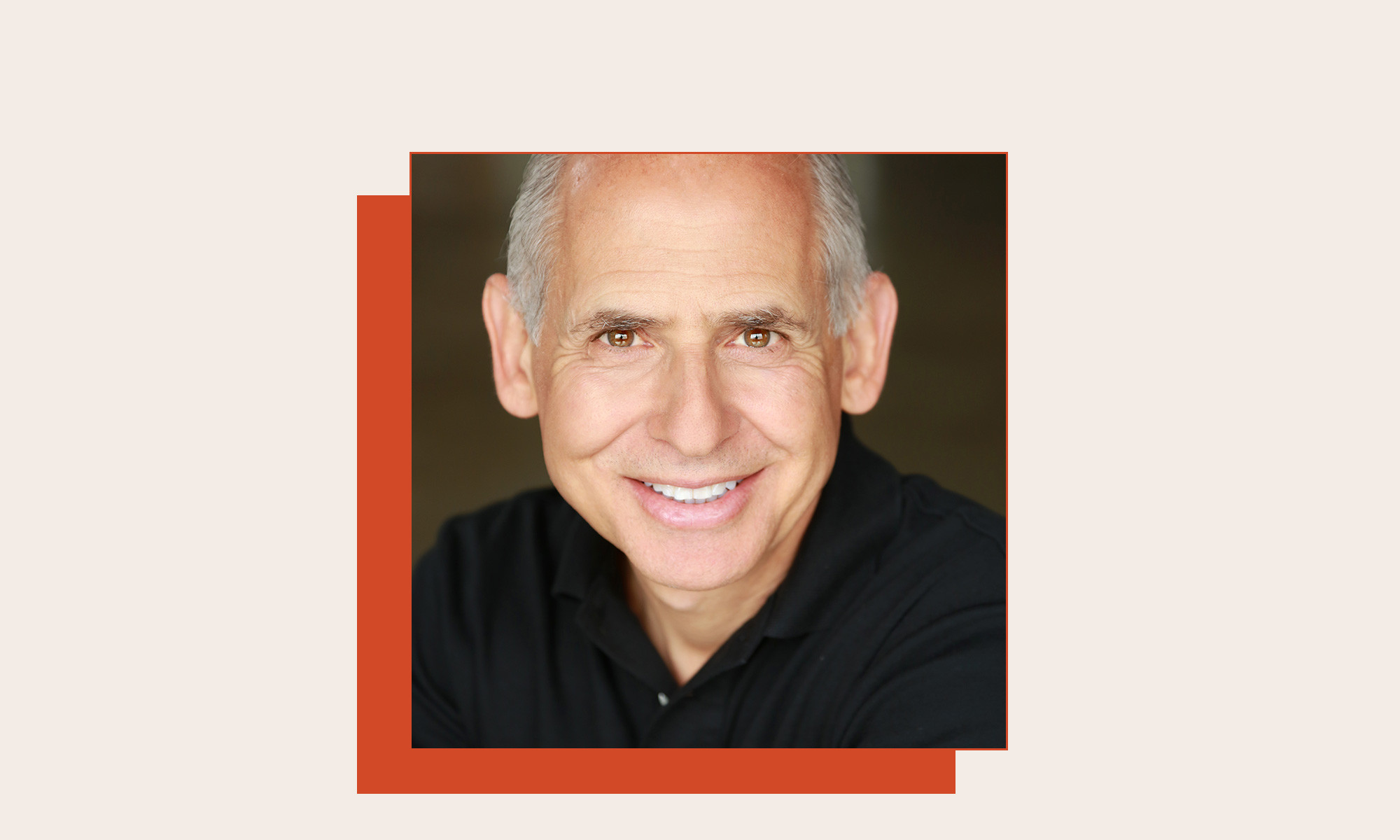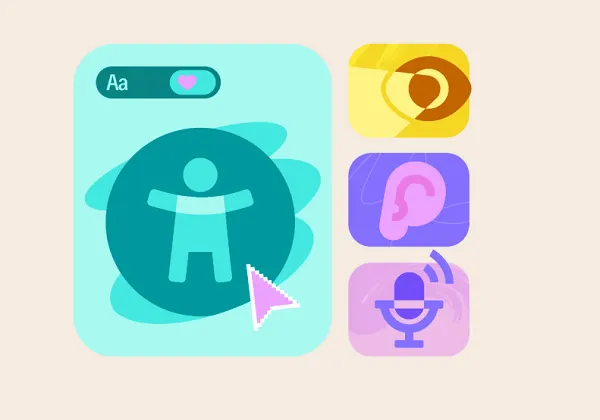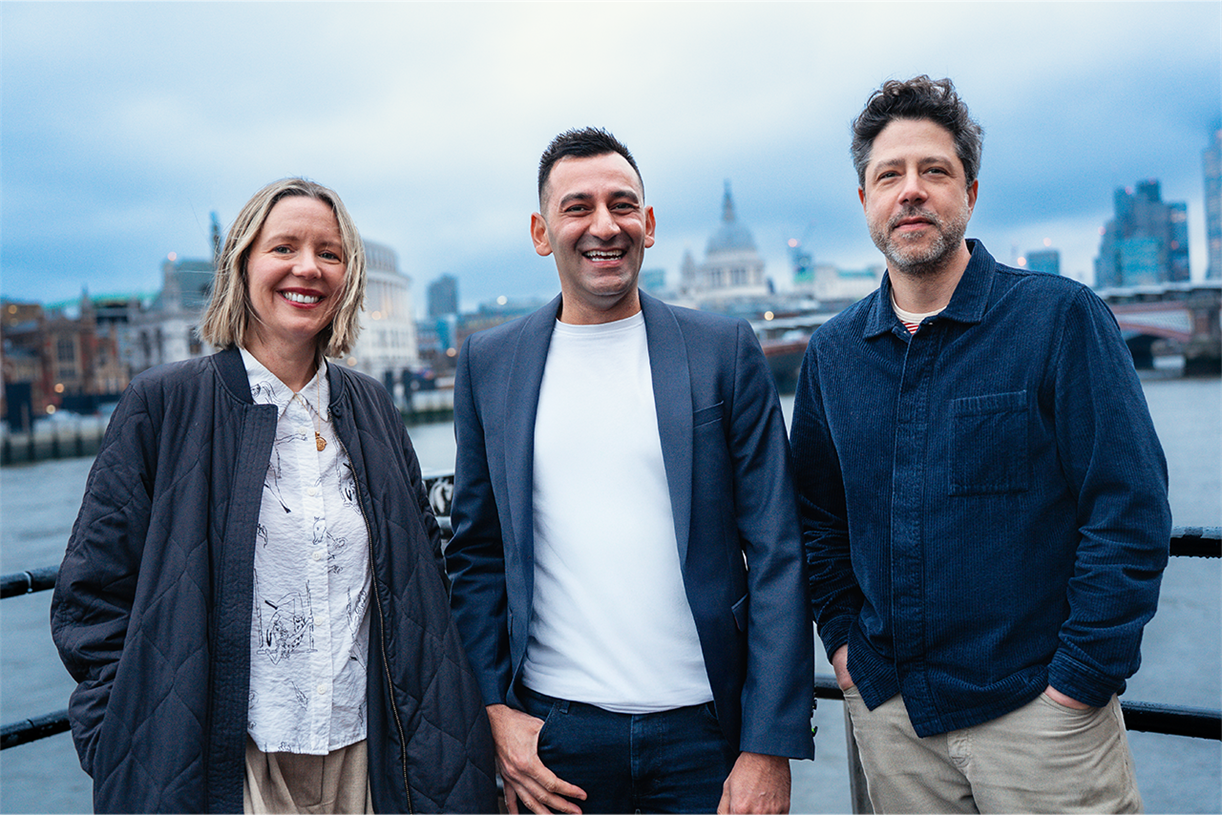Meditating With Eyes Open or Closed: Pros, Cons and Techniques
There is a lot to figure out when just starting meditation: What technique should you try, how long should you sit, and how should you breathe? An overlooked yet important question is "should I meditate with my eyes open...

There is a lot to figure out when just starting meditation: What technique should you try, how long should you sit, and how should you breathe? An overlooked yet important question is “should I meditate with my eyes open or closed?” There’s no correct answer—both methods have their own pros and cons. But how you use your eyes has a big impact on your meditation. Learning about the benefits and challenges of each can help you answer this question based on your individual needs, experience, and goals.
The Importance of the Eyes in Meditation
Where you place your gaze during meditation affects your mental focus, your level of awareness, and your ability to regulate your emotions. When your eyes are closed, you limit visual distractions, which can deepen your internal awareness. With your eyes open, you can use a focal point for cultivating dharana, or concentration. Generally, I recommend eye-closed meditation for beginners.
The Power of Drishti
The ancient yogis discovered that where our gaze is directed, our attention follows. They created a technique of using a specific focal or gazing point—called drishti—to maintain a focused mind during yogic practices. Although practitioners often use a drishti in open-eyed meditation, they can also use internal focus points when their eyes are closed. Drishti is a foundational tool to give your wandering mind a simple, steady job—focusing on one spot—to cultivating dharana (concentration).
The Spiritual Eye
There is one internal drishti that is central to the yogic tradition: the spiritual eye. Also known as the third eye or Ajna chakra, it is energetically located in the space between the eyebrows. Yogis consider it a gateway to deeper insight and awareness. Focusing your attention here shifts your awareness away from the chattering ego mind. This also elevates consciousness and deepens spiritual awareness. Many meditators experience it as an inner light and use it as a powerful tool to access to the inner kingdom of the mind.
Vyutthana and Nirodha
In yogic philosophy, there are two concepts that describe the movement of awareness in the mind: vyutthana and nirodha. Vyutthana is the outward force that pulls the mind away from its center toward distractions. This force is natural and pretty constant. Nirodha is the inward force that draws the mind toward its source and essence, leading to a state of calmness and clarity. This force arises during flow states but can also be consciously cultivated.
During meditation, the mind often experiences periods of vyutthana, where thoughts arise and pull your attention outward. Closing the eyes can abate this outward force, making it easier to stay internally focused. With an open-eye meditation, the outward pull of vyutthana is usually stronger. This is more challenging, as one must train the mind to observe distractions without becoming attached.
Advantages of Meditating with Eyes Closed
Reduces external distractions: Closing your eyes helps you focus by eliminating visual distractions and external stimuli.Deepens inward focus and concentration: Fewer distractions promote better focus.Facilitates visualization and internal awareness: Eyes-closed meditation helps you visualize and become more aware of your body’s sensations.Promotes relaxation and calmness: Shutting out the world can help lower stress and induce a peaceful state.Disadvantages of Meditating with Eyes Closed
Possible drowsiness or falling asleep: If you’re tired, a lack of visual stimulation might make you more sleepy.Increased mind wandering: For some people, thoughts tend to drift more without a visual anchor.Not suitable for everyone: Beginners or people who are prone to anxiety may feel disoriented or uneasy with their eyes closed.Advantages of Meditating with Eyes Open
Enhances alertness and present-moment awareness: Keeping your eyes open helps you stay awake and attentive.Useful for mindfulness in daily life: Practicing meditating with open eyes helps you improve your focus in everyday activities where you can’t close your eyes.Can reduce the tendency to fall asleep: Light stimulates the brain to feel awake and energized.Disadvantages of Meditating with Eyes Open
Potential for distraction: External sights might pull your attention away from your inner focus.Harder to maintain deep internal focus: Visual stimuli can compete with your chosen object of meditation.May require more practice: More training and practice may be necessary to avoid distraction and sensory overload.Eye strain: A prolonged, intense gaze can strain and tire your eyes.Choosing What’s Right for You
When deciding whether to meditate with your eyes open or closed, consider these points:
Your environment: A quiet, safe space might support an eyes-closed practice, while busy places may be better suited for an eyes-open one.Your experience level: Beginners sometimes find it easier to close their eyes to limit distractions. Others prefer open-eye methods to stay grounded.Your meditation goals: If your goal is deep relaxation, you might lean toward closed eyes. If you’re cultivating alertness, an open-eyed practice may be more beneficial.Try both approaches in different sessions. Notice how each one feels, both physically, energetically, and mentally. You might be surprised by which method best resonates with you. You can also combine them—start with your eyes closed and then open them toward the end, or alternate based on how you feel.
Meditation Techniques by Eye Position, Pros, and Cons
| Guided Meditation | Closed | Listening to a teacher’s voice guiding your meditation. | Helps keep the mind engaged. | May require an external audio source. |
| Body Scan Meditation | Closed | Focusing on physical sensations in different parts of the body. | Anchors attention to present moment. | Buried emotions may surface, which can be unsettling or overwhelming. |
| Visualization Practices | Closed | Imagining calming scenes, positive images, or energy flow. | Enhances internal awareness and creativity. | Requires imagination and focus. |
| Breath Awareness | Open or Closed | Focusing on the sensation of the inhalation and exhalation. | Calms the mind and promotes relaxation. | Mind may wander without a clear anchor. |
| Blindfold Meditation | Closed | Using a light barrier to reduce light but not fully close eyes. | Reduces distractions while preventing drowsiness. | May be uncomfortable, requires eye mask. |
| Soft, Unfocused Gaze | Open | Relaxing the eyes and gazing gently downward or at a neutral spot without sharp focus. | Maintains alertness with minimal distraction. | Requires practice to avoid focusing too hard. |
| Gazing at a Fixed Point (Trataka) | Open | Concentrating on a single point like a candle flame. | Builds intense concentration. | Eye strain is possible if done too long. |
| Mindful Observation | Open | Watching surroundings without judgment, noticing colors, shapes, or movements. | Enhances present-moment awareness. | External distractions may disrupt focus. |
| Zazen (Zen Meditation) | Open | Staring at a blank white wall | Develops calm alertness and detachment. | Requires discipline and practice. |
| Walking Meditation | Open | Moving slowly while paying attention to each step and breath. | Integrates mindfulness with movement. | Can be harder to maintain focus in busy areas. |
Final Reflections
The ancient yogis understood that the path inward is unique for each and every person. One day, closing your eyes might offer a sanctuary from the world, allowing you to dive deep into stillness. Another day, a soft, open gaze might be the perfect practice for you to stay present and focused on your breath.
I encourage my students to approach their meditation practice with a sense of adventure, inquiry, and self-compassion. Experiment, stay curious, and honor your needs. Rules and rigidity can be helpful to train the mind and create a routine. But profound insights often come not from following a rule, but from listening to the teacher within.

 Tekef
Tekef 































